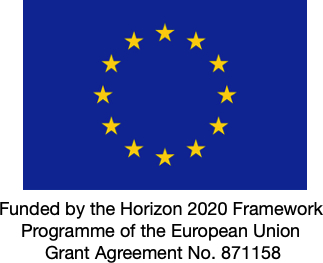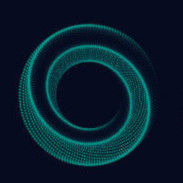The University of Bath hosts a number of world experts on the observation and analysis of gamma-ray burst (GRBs) and other high-energy transients, and in relativistic hydrodynamics and simulation-based gamma-ray burst afterglow analysis on the theoretical side. Bath is a stakeholder in LSST, and part of UK-based and international networks on multi-messenger follow-up.
The group first conceived of methods to directly map synthetic light curves from high-resolution relativistic jet simulations, and is responsible for open-source analysis tools coupling this approach to Bayesian statistical methods. We offer training in the software package BOXFIT and training in and access to the package scalefit (not yet released publicly). BOXFIT couples jet dynamical simulations to a synchrotron radiation code for rapid computation of spectra and light curves on parallel machines, offering a testing lab for matching jet outflow morphologies and emission approaches to GRB data. Scalefit directly maps synthetic spectra from a sample of jet simulations, and can efficiently perform simulation-based broadband GRB afterglow fits on desktop machines. Simulation-based fitting methods are finding increased use in the community and have been the go-to approach for the initial modeling of the first electro-magnetic counterpart GRB to a gravitational wave trigger.

